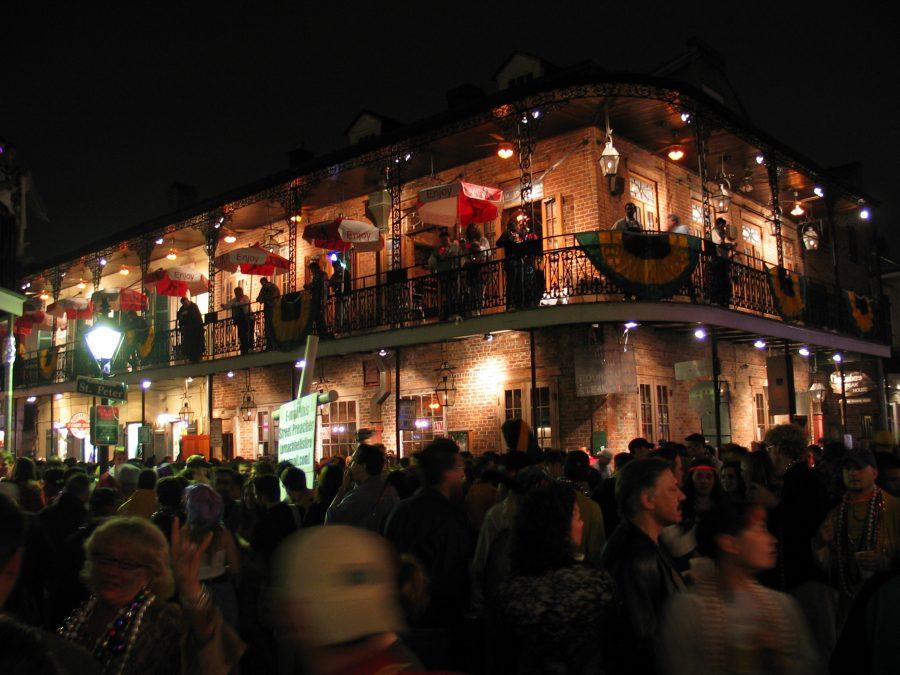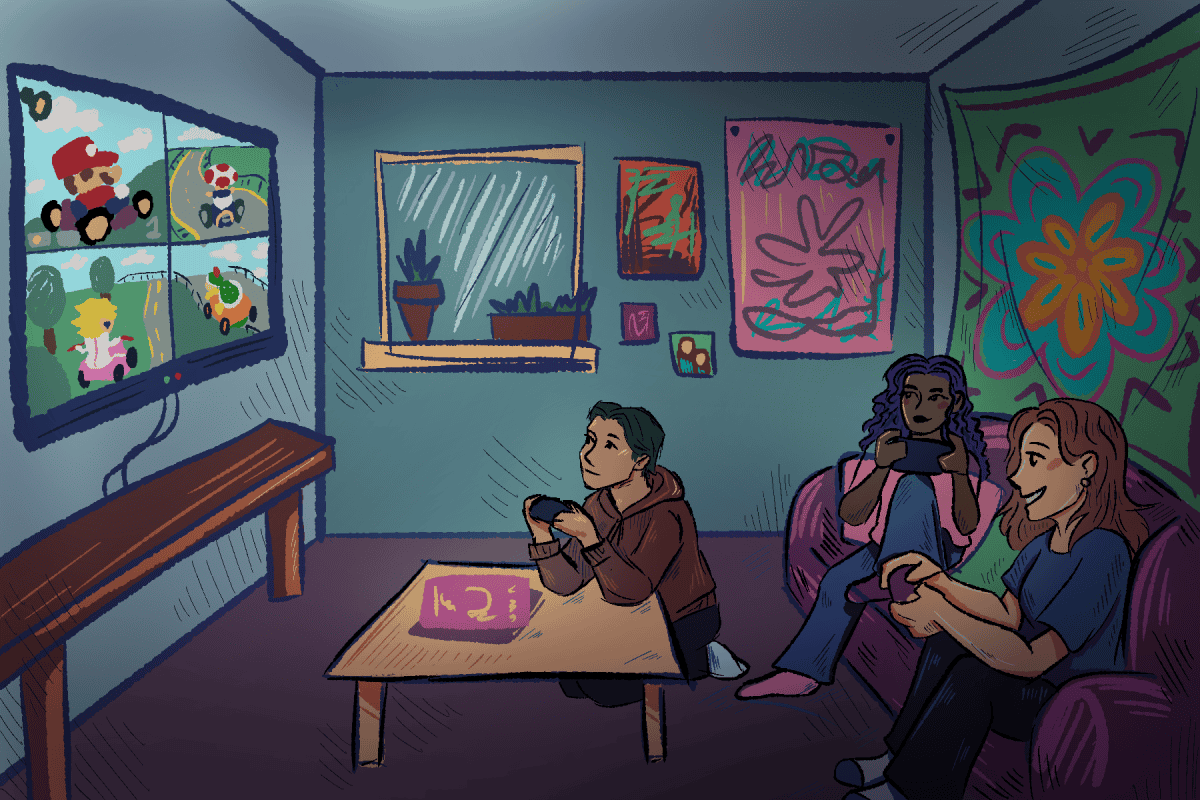One minute you’re driving across a 24-mile bridge surrounded by a seemingly endless Lake Pontchartrain, and the next you’re walking down Royal Street as intricately costumed parade-goers dance from block to block. You stop by a quaint street car and the man at the counter offers you a colorfully sprinkled slice of king cake while you contemplate which masquerade mask to purchase. This is an entirely new form of New Orleans – this is Mardi Gras.
“Mardi Gras,” or “Fat Tuesday,” is an annual reflection of Carnival dating back to 1856. The concept of Mardi Gras was initially put in place as a celebration of fatty foods and festivities before the fasting season of Lent. Today, however, New Orleans offers an array of parades, desserts, Cajun cuisine, and many other cultural experiences unlike many other places around the world.
Let’s take it step by step through Mardi Gras’s hottest spots and unique gems both on and off the streets.
Breakfast, Lunch & Dinner
It’s hard to miss the many advertisements for authentic Cajun cooking and seafood. If you’re looking for local BBQ, shrimp & grits or Louisianan omelets, look no further than The Ruby Slipper. With three locations around New Orleans, the Ruby Slipper is a popular spot for an early-morning brunch. If you’re up for a journey, take a short trolley ride up to the Garden District. Here you can enjoy the New Orleans scenery, colorful homes, and Camellia Grill — popular for their simple dining executed to exquisite cuisine.
As lunch and dinner roll around, try a po’ boy at Acme Oyster House or K-Paul’s Louisiana Kitchen for a taste of the Cajun and creole culture of New Orleans and Mardi Gras season.
In need of a sweet ‘pick me up?’
If you’ve got a sweet tooth or are merely looking for a sugary burst of energy, keep your eye out for three key Mardi Gras delicacies: king cake, pralines and beignets.
King cake, a green, purple and yellow-sprinkled brioche puff-pastry often filled with an almond or fruit filling, can be picked up from most local groceries or street-shops. A plastic baby is often baked into the cake, and rumor has it whoever receives the slice with the baby is obligated to purchase the next cake.
Though Café Du Monde is popular for their beignets, you can always pass on the busy environment and head to Café Beignet — a quaint bistro with warm pastries, and if you hit it at the right time, live guitarists.
Pralines, a caramelized confection made with cream and pecans, can be purchased at almost any shop along the streets, but is well-known at Leah’s or Southern Candymakers.
Arts & Culture
Though you may walk down Bourbon Street once or twice, certainly don’t miss out on the live music, performances, and artwork displayed along Jackson Square.
Here you can also purchase your own hand-made masquerade mask or even have your palms and cards read by a local.
Enjoy the iron patios and railings of native homes or purchase some beads and a costume of your own for the daily parades. It’s best to arrive early for these parades, as the streets fill up quickly.
If you’re looking for a break from the performances and music, take a walk through City Park or examine the World War II Museum along Magazine Street.
Enjoy yourself!
From bejeweled masks to colorful desserts, Mardi Gras offers a unique spread of foods, music, sights, and activities for almost any visitor.
One of the most popular things about New Orleans, especially during Mardi Gras season, is the ability to walk down almost any street and discover a hidden gem of your own. Amongst the cultural chaos of Mardi Gras and the busy city of New Orleans, be smart on the streets but feel free to adventure and discover a Mardi Gras of your own.







